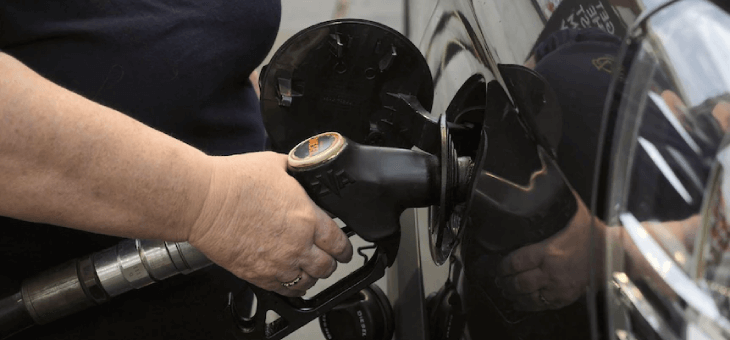Some motorists have been changing their driving habits after petrol prices soared above $2.20 last month.
The ‘hypermiling’ phenomenon has seen commuters turning off their air conditioners and keeping their feet off their accelerators in a bid to get more kilometres out of each tank of fuel.
So what is hypermiling, and can it help you save money on your fuel bill?
What is hypermiling?
The term covers a range of techniques, including:
- keeping up to date with your car’s service schedule
- checking tyre pressure
- losing excess weight in the car – taking stuff out of your boot, for example
- driving as slowly as reasonable in the highest possible gear without overworking the engine
- driving smoothly, with no harsh accelerating or braking
- parking in a forward-facing spot
- coasting as much as possible, reading the road to know what’s happening ahead
- keeping air conditioner use to a minimum.
Hypermilers share other tips and tricks (like planning journeys to take advantage of tailwinds) and shots of their fuel consumption figures online.
But a word of warning: techniques like drafting or slip-streaming the vehicle ahead should be avoided, as they are highly dangerous.
Will it save me money on my fuel bill?
University of Southern Queensland researcher and mechanical engineering expert Ray Malpress says hypermiling has the potential to reduce fuel consumption by around 10 per cent.
“Anything more than that would take a lot of extra thinking and planning to reduce how much fuel you use,” he cautions.
“It would be an extreme thing to get to 20 per cent. A 30 per cent improvement would require fairly unconventional behaviour on the roads.”
Two things that will save you fuel are accelerating smoothly away from the lights, and braking smoothly and gradually when coming to a halt.
Harsh acceleration and sudden heavy braking both increase fuel consumption, Dr Malpress says.
What’s the catch?
There is a “modest awareness of the phenomenon” and anyone can incorporate these techniques into their driving, but there are some things to consider, Dr Malpress says.
“Of course, you can’t just crawl around because you’re just going to upset everyone else on the road. But there are ways you can be conscious of reducing the rate that you accelerate.”
Hypermiling can be difficult in instances where there’s lots of traffic or someone is in a rush.
“If you had a family in the morning and you had to drop kids to school and get to work then there’s a limit to how much time you’ve got, and accelerating up to the speed limits quickly will use more fuel.”
Remember, always drive to the road conditions and obey the law.
What are other ways to save fuel?
The best way to reduce fuel is simple – drive less.
Walking, riding a bike or catching public transport are great ways to avoid high fuel prices and be environmentally savvy at the same time.
While it may not be in everyone’s budget, Dr Malpress says having a hybrid car goes a lot further in terms of fuel efficiency than hypermiling.
 © 2020 Australian Broadcasting Corporation. All rights reserved.
© 2020 Australian Broadcasting Corporation. All rights reserved.
ABC Content Disclaimer

